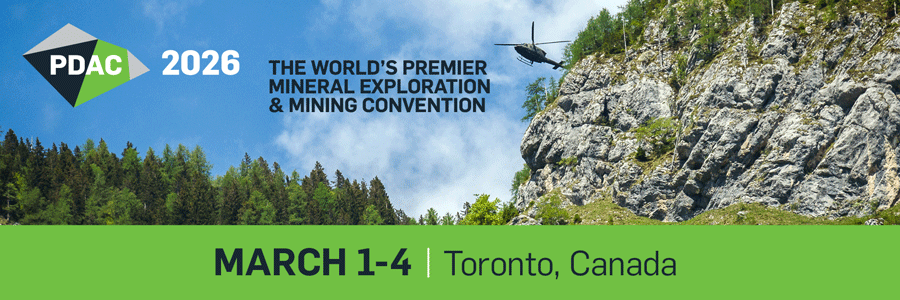Latest Interviews
“Canada can anchor allied supply chains by combining responsible exploration with clear permitting and targeted fiscal tools.”
64773
“AI is the direction the industry is moving toward, enabling geologists to work faster and more efficiently.”
64763
“Whoever currently has the people and equipment has the best ability to perform work, and if you don’t, the next couple of years will be challenging.”
64754
“Saudi Arabia is assuming an important global role, not only because of the Kingdom’s vast mineral endowment, but also our competitive energy landscape, strategic geographic position, and strong infrastructure.”
64341
“Mining companies are moving to electric or alternative fuel source fleets, as well as production processes, and they will need more robust, resilient electrical infrastructure to achieve their goals.”
64749
“Senior companies can achieve strong value by selling non-core assets, often maintaining exposure through equity in the acquiring juniors.”



